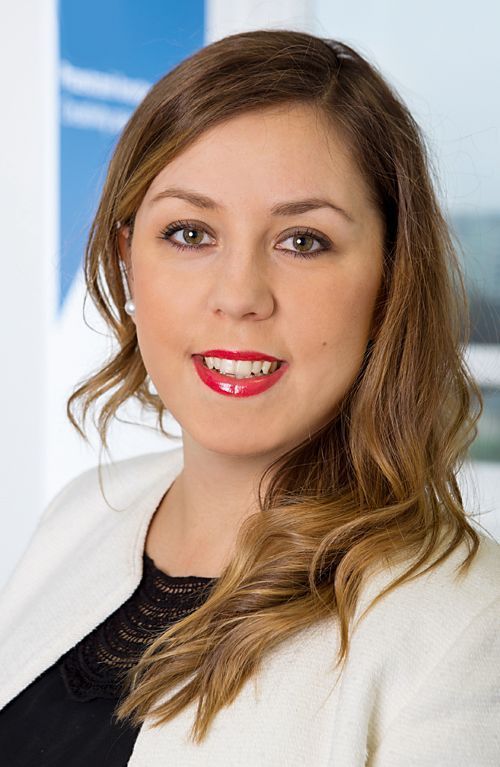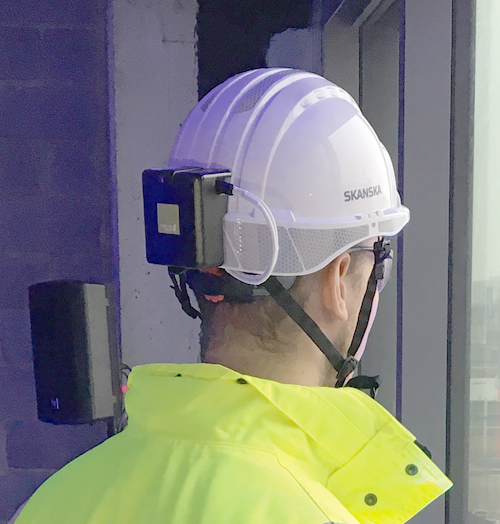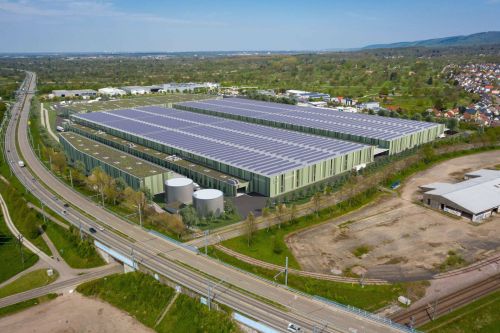Virtually risk-free
Innovations by Skanska
Tomasz Cudowski, ‘Eurobuild Central & Eastern Europe’: Why have you introduced virtual reality into health and safety training? Construction workers are not Boeing pilots...
Anna Tryfon-Bojarska, Skanska Poland: But – as is the case with pilots – such training sessions allow you to simulate non-standard situations, develop the right habits and take the consequences of the decisions you’ve taken. Our training applications enable you to prepare for work on a real construction site by cultivating safety habits. By the way, we actually drew our inspiration from flight simulators. In both of these areas an error made in VR will train you to avoid committing it in the real world that would have much more serious consequences.
What kind of employees do you primarily want to train in VR?
In general, the future operators of construction machinery, but first of all those who perform particularly dangerous work. These include the banksman and the rigger – the members of the team who assist the crane operator in transporting large loads across the construction site. Employees will be able to enter this virtual construction site and handle loads in simulated training sessions as early as this year. Last year, along with VR Sense, we trialled a pilot health and safety training programme that uses VR and as many as 78 pct of those taking part in it positively recommended this system for being added to their health and safety training. By the end of the year we would like to translate this into local languages and use it for all our construction projects in Central Europe. It will be the first training programme of its kind in our industry in the world.
You also use the BIM (Building Information Modelling) system in an unusual way on the Polish market.
4D schedules are used to show what the progress of the construction work will look like from day to day, allowing you to plan all the logistics involved. We can deploy construction machines – such as cranes – and simulate their work on the construction site by using BIM and thus determine those areas that are particularly dangerous. The BIM visualisations can be discussed in detail with the team in meetings and morning briefings, helping to prepare the execution of the work in a safe and collision-free manner.
Despite this, there are places on sites where it would still be wiser not to send employees. Are you sending robots into those areas?
Yes, we are. Automation and robotics are perfect for places where particularly dangerous work is carried out, Last year we tested a robot connected to a BIM system that carried out very precise work under the supervision of an operator during the construction of the Spark office building.
What exactly did the robot do on the Spark project?
Among its other tasks, it did preparatory work for the chilled water systems, such as drilling holes where it was too dangerous for humans to do so – or at least too awkward.
 The intelligent helmet is connected to a system
The intelligent helmet is connected to a system that monitors various indicators and alerts the
construction site’s office when anomalies appear
So this explains why you are now introducing smart helmets for your projects – you are transforming your workers into robots?
[laughter] No, this innovation is for something else. The intelligent helmet is connected to a system that monitors various indicators and alerts the construction site’s office when anomalies appear in the readings, such as shocks, impacts, falls or significant increases or decreases in the temperature under the helmet. The location of the employee is sent along with the alert, which significantly shortens the response time. The helmet will eventually also assist in the documentation of the work – the system which it is connected to shows the construction supervisors confirmation about medical examinations, health and safety training and users’ qualifications for performing specialised work. The intelligent helmet is app. 195 g heavier than a traditional one.
Can these devices already be seen in action?
Of course. Intelligent helmets were added to the equipment of the Generation Park construction workers in Warsaw for a test period. It’s worth pointing out that the work on the helmet started in 2016 and the headgear forms just one element of a larger construction site management system. After the pilot run the project will be developed further. In the future the system can also be adapted for other industries that use protective helmets.
So all in all, quite a lot of innovations. Will your employees have enough time to familiarise themselves with them?
Safety Week, which Skanska holds for its employees all over the world, is a good opportunity for doing this. It is a series that lasts a whole week and involves different types of training sessions and lectures on safety. We are equally serious about both innovating and implementing these ideas. Innovations that are not designed for people and that people don’t understand are just mere curios.
Skanska is the content partner for the Innovations by Skanska section of the magazine
A woman with technological flair
Anna Tryfon-Bojarska, the head of innovation and technology at Skanska, who has been employed in the construction and property sector for ten years, previously worked in the fuel and energy sector. For Skanska she implements R&I and digital systems projects aimed at improving business efficiency. She develops technology in the field of robotics, prefabrication, VR, AR, and green and sustainable systems. She is a member of Skanska’s international expert groups responsible for R&I and technological development. Since 2018 she has also worked with Girls in Tech, a global business and educational non-profit organisation that brings together women who are tech enthusiasts and who operate in the STEM field (science, technology, engineering and mathematics). Anna is a geological engineer, a mineralogist, a geochemist, a petrologist and an economist. She is also taking a PhD at the Warsaw School of Economics in innovation management.





















































